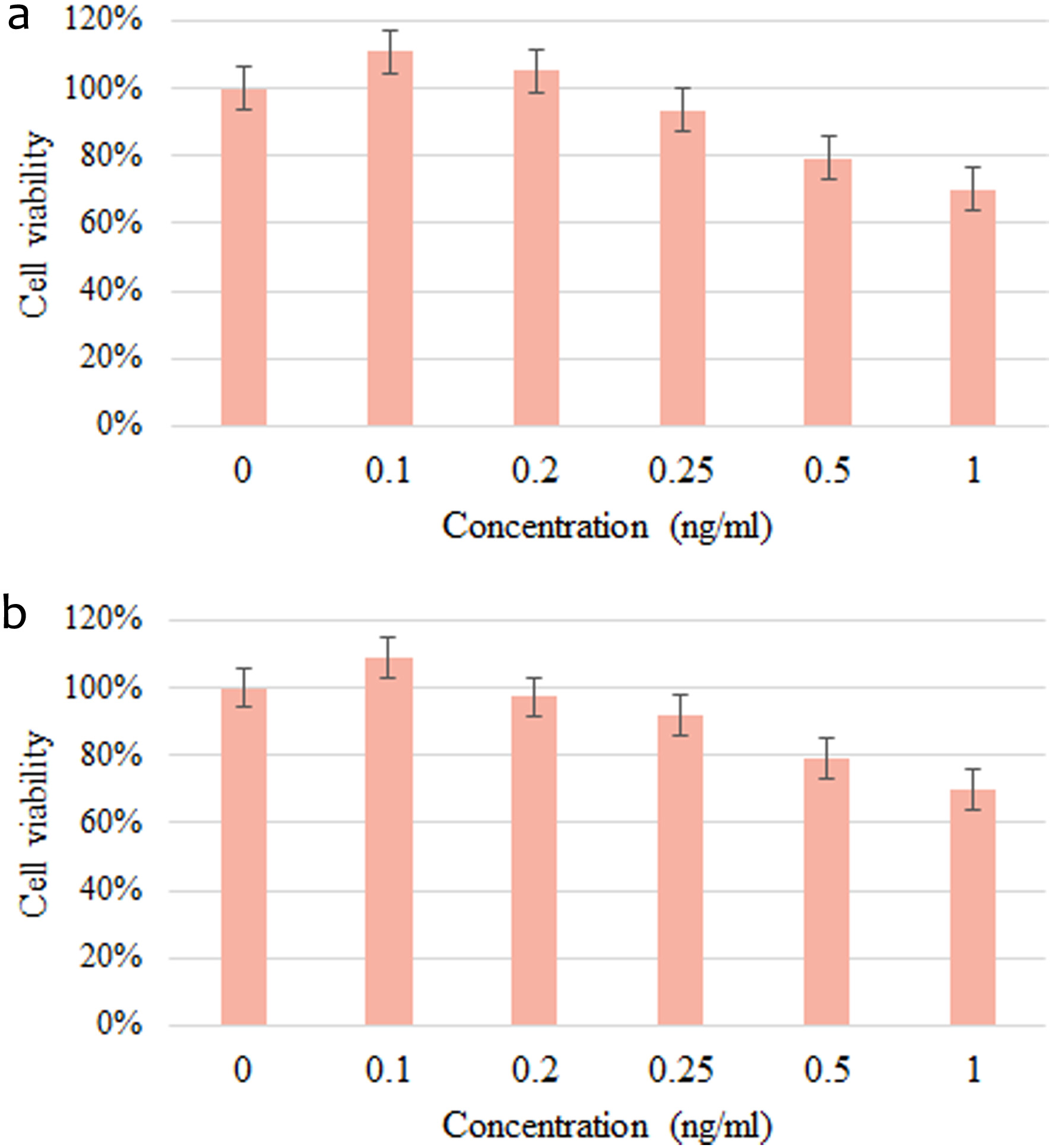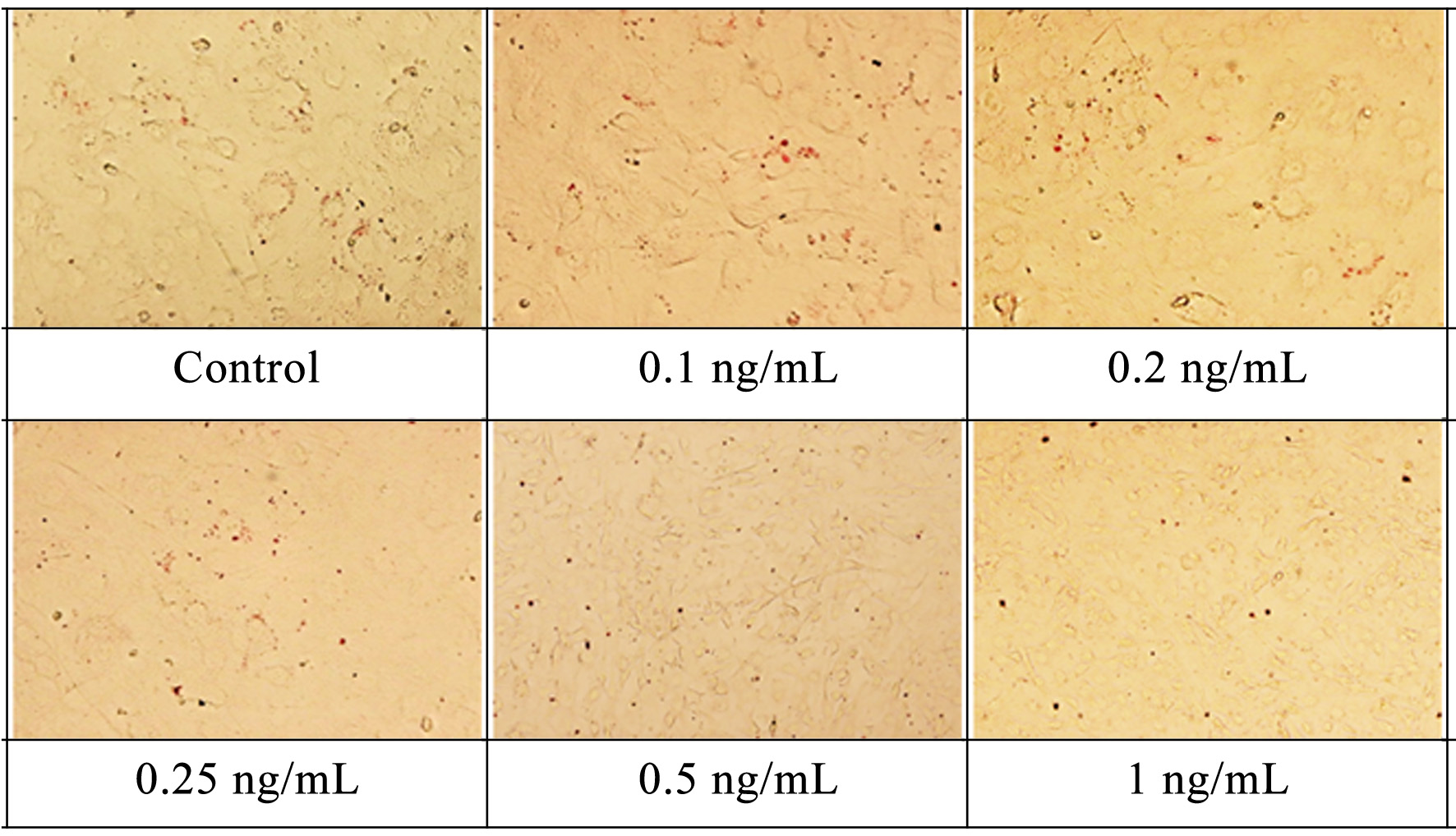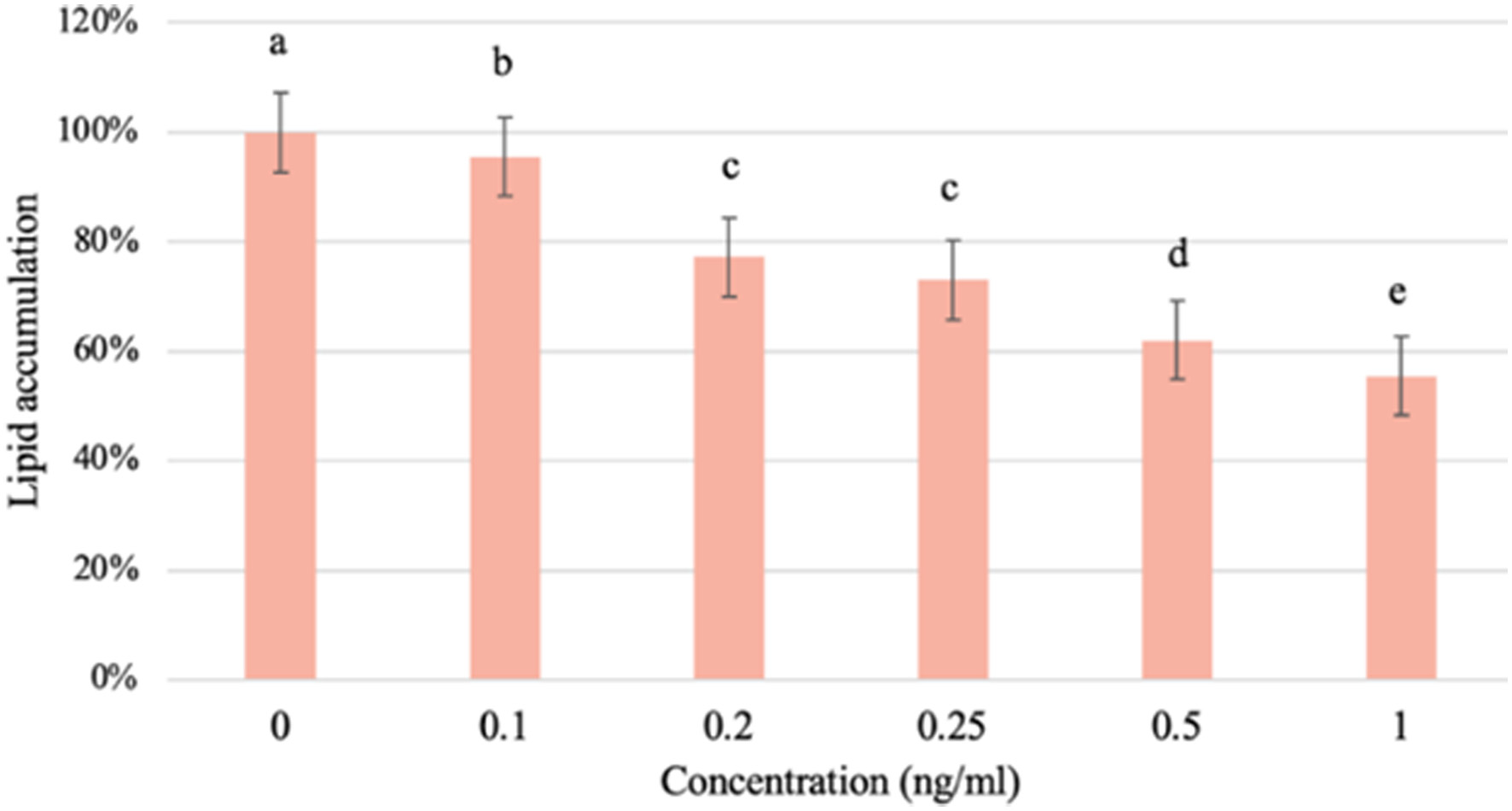| Journal of Food Bioactives, ISSN 2637-8752 print, 2637-8779 online |
| Journal website www.isnff-jfb.com |
Original Research
Volume 30, June 2025, pages 47-56
The effect of L-carnitine and catechin together with calories restriction on the reduction of body fat and blood lipids
Chi-Hua Yena, b, Yohanes Tandoroc, d, Yu-Hsuan Liuc, Bo-Kai Chenc, Asif Alic, You-Cheng Shene, Chin-Kun Wang*c
aDepartment of Family and Community Medicine, Chung Shan Medical University Hospital, Taichung, Taiwan, China
bSchool of Medicine, Chung Shan Medical University, Taichung, Taiwan, China
cDepartment of Nutrition, Chung Shan Medical University, Taichung, Taiwan, China
dFaculty of Agriculture Technology, Widya Mandala Catholic University Surabaya, Indonesia
eDepartment of Health Industry Technology Management, Chung Shan Medical University, Taichung, Taiwan, China
*Corresponding author: Chin-Kun Wang, Department of Nutrition, Chung Shan Medical University, Taichung, Taiwan, China. E-mail: wck@csmu.edu.tw
DOI: 10.26599/JFB.2025.95030414
Received: May 13, 2025
Revised received & accepted: June 5, 2025
| Abstract | ▴Top |
Obesity has become a critical health problem worldwide, and it’s associated with other health issues. Weight loss supplement and caloriese restriction from the daily diet can be implemented to help reduce body weight. L-carnitine and catechin can help reduce body weight by upregulating fatty acid metabolism and altering lipid formation. This study was to assess the effect of L-carnitine and catechin together with calories restriction on body weight and lipid profile. 3T3-L1 cell line was used to assess the effect of L-carnitine and catechin on lipid accumulation. For the human study, a total 30 subjects with obesity were recruited and divided into 2 intervention groups, one is calories restriction group and the other one is L-carnitine and catechin together with calories restriction. Result shows that L-carnitine and catechin significantly reduced fat accumulation in the 3T3-L1 cell model. In the human study, L-carnitine and catechin together with calories restriction significantly reduced body weight, and body fat and improved the lipid profile of the subject, and showed better effect than calories restriction only.
Keywords: L-Carnitine; Catechin; Body fat; Lipid profiles; 3T3-L1 adipocytes
| 1. Introduction | ▴Top |
Nowadays obesity is a global health concern due to lifestyle changes (Engin, 2017). Imbalanced diet and less physical activity increase the risk of obesity. Obesity is defined as over accumulation of body fat throughout the body which is associated with increased risk of several health problems such as heart disease, diabetes, hypertension, liver disease, etc (Mayoral et al., 2020; Rush and Yan, 2017). Dietary control, increasing physical exercise, surgery, and drug therapy could be used as a common countermeasure for obesity (Talenezhad et al., 2020). Dietary supplements especially from natural sources can help to combat obesity.
L-carnitine is an amino acid in several animal products such as meat, fish, and milk (Pekala et al., 2011). L-carnitine can promote the β-oxidation of fatty acid by promoting the transportation of long-chain fatty acid into mitochondria (Choi et al., 2020; Longo et al., 2016). Catechin in green tea is known to affect lipid metabolism by suppressing peroxisome proliferator-activated receptor gamma (PPARγ), glycerol-3-phosphate dehydrogenase (GPDH), CCAAT/enhancer-binding protein alpha (C/EBPα) and inhibit adipogenesis in 3T3-L1 cell lines (Furuyashiki et al., 2004; Mochizuki and Hasegawa, 2004; Ogawa et al., 2010; Shin, Ghimeray, and Park, 2014). Animal study gets positive results regarding the effect of catechin on fat accumulation and lipid metabolism by activating AMP-activated protein kinase (AMPK) and suppressing PPARγ (Yamasaki et al., 2013; Choi et al., 2020; Thomaz et al., 2022).
L-carnitine and catechin were found to have anti-obesity effect respectively, but no study about the combined use of two both on obesity improvement. This study will focus on L-carnitine and catechin treatment on adipogenesis in 3T3-L1 cell lines and evaluate the use of L-carnitine and catechin together with calories restriction on the reduction of body fat and lipid profile of the obese subjects and also compared with the claori restriction group.
| 2. Materials and methods | ▴Top |
2.1. Sample
The sample used in this study was provided by Venken Biotech Co., Ltd., Taipei, Taiwan, China. Testing sample contained 0.3 g of carnitine and 80–120 mg of catechins for each tablet. The weiht of one tablet was 0.7 g.
2.2. 3T3-L1 cell culture
Mouse fibroblast (3T3-L1) cell lines were purchased from ATCC (ATCC CL-173) and cultured in Dulbecco’s Modified Eagle’s Medium (DMEM) containing 10% bovine calf serum (BCS) in a humidified incubator (37 °C) containing 5% CO2. Differentiation of 3T3-L1 cells into mature adipocytes carried out after cell reach confluency using DMEM containing 0.5 mM 3-isobutyl-1-methylxanthine (IBMX), 1 mM DEXA and 10 mg/mL insulin at 37 °C humidified incubator with 5% CO2.
2.3. Cell viability measurement
3T3-L1 cell viability was measured by using the 3-(4,5-dimethylthiazol-2-yl)-2,5-diphenyltetrazolium bromide (MTT) method. 3T3-L1 pre-adipocytes and mature adipocytes were cultured in a 96-well plate and treated with various concentrations of tablet contents (0; 0.1; 0.2; 0.25; 0.5; 1 ng/mL) for 24 hours. After 24 hours, samples were removed and MTT solution (0.5 mg/mL in phosphate-buffered saline (PBS)) was added for 4 hours. At the end of incubation, the MTT solution was removed and 100 μL of dimethyl sulfoxide (DMSO) was added to dissolve the formazan crystal. Absorbance was read at 570 nm and relative cell viability (%) was compared with untreated cells.
2.4. Lipid accumulation measurement using oil-red staining
Mature adipocytes in 24-well plate and treated with different concentrations of sample for 24 hours. After treatment, cells were washed with PBS twice and fixed using 10% formaldehyde solution for 1 hour. After fixation, cells were washed with PBS and incubated with 0.5% oil red solution for 15 minutes. Cells were washed with dd H2O to remove unbound oil red solution and isopropanol was added to dissolve the oil red. 100 μL solution from each treatment was transferred to 96-well and the absorbance was obtained at 490 nm. Lipid accumulation was calculated by comparing treated cells with untreated cells.
2.5. Clinical trial study
This study was carried out from May to September 2022 at Chung Shan Medical University, Taichung, Taiwan, China. This study was conducted for 14 weeks, 12 weeks for intervention and the other 2 weeks for follow-up.
2.6. Ethics approval
This study received approval from the Institutional Ethics Committee of Chung Shan Medical University Hospital. Every subject enrolled in this study received written informed consent before the start of the study. The study was registered with the number of CS1-21170.
2.7. Inclusion and exclusion criteria
Subjects enrolled for this study were greater than 20 years old and obese (body mass index (BMI) ≥27). Subjects with severe chronic disease, secondary obesity, endocrinopathy, pregnancy, or in the lactation period were excluded from this study. Subjects who took another supplements for weight loss or medication affecting lipid metabolism were also excluded.
2.8. Subjects characteristics measurement and blood sampling
Subjects met the inclusion criteria were randomized into 2 groups (control for calories restriction, supplement for the intervention of L-carnitine and catechin together with calories restriction). Each subject in the supplement group took 2 tablets after lunch and 2 tablets after dinner. Anthropometric measurements, blood sample, and a 3-day dietary record were obtained at week 0, 4, 8, 12, and follow-up period. Blood samples were taken using a tube with a clot activator to separate the serum and a tube with K3EDTA to separate the plasma for various blood markers and antioxidant index.
2.9. Outcomes
The primary outcomes of this study were a reduction of body weight and body fat compared to baseline. Secondary outcomes were the changes in the lipid profile of the subject (triglyceride (TG), total cholesterol (TC), low-density lipoprotein cholesterol (LDL-C), high-density lipoprotein cholesterol (HDL-C), free fatty acid (FFA)) and related hormone regulation of lipid metabolism (e.g. leptin and adiponectin). All the measurements of adiponectin, leptin, TEAC, TBARS, GSH and the above biochemical analyses were obtained by using the method of this laboratory28.
2.10. Statistical analysis
All results from this study were analyzed using the Statistical Package for the Social Sciences (SPSS) version 25 for Windows: SPSS Inc, Chicago). The data were expressed as mean ± standard deviation. The results of the cell study were analyzed using the one-way ANOVA statistical method followed by the Duncan multiple comparison test. For the clinical trial, a paired t-test statistical method was applied, and the one-way ANOVA was used followed by the Duncan post hoc test to examine possible differences between groups within the same period. Non-quantitative indicators were analyzed using descriptive statistics. All statistical results were considered statistically significant with p < 0.05
| 3. Results | ▴Top |
3.1. Effect on cell viability and lipid accumulation
Sample supplement didn’t show toxicity effect on both 3T3-L1 pre- and mature adipocytes up to concentration 0.5 ng/mL (Figure 1a and b). Treatment with supplement significantly reduced the amount and size of oil droplets inside the cell (p < 0.05) (Figures 2 and 3).
 Click for large image | Figure 1. The effect of supplement on the survival rate of a) 3T3-L1 preadipocytes; b) 3T3-L1 mature adipocytes. Values are expressed as mean ± SD |
 Click for large image | Figure 2. The effect of supplement on 3T3-L1 mature adipocyte cell stained by the oil-red staining microscopic view at 400X magnification. |
 Click for large image | Figure 3. The effect of supplement on the lipid accumulation of 3T3-L1 mature adipocyte. Cell value is expressed as mean ± SD, Different superscript letters show significant difference (p < 0.05) |
3.2. Subject recruitment and distribution
A total of 30 subjects were included in this study. Each group consisted of 15 persons. The subjects baseline characteristics was shown in Table 1. There was no significant difference in baseline between the groups.
 Click to view | Table 1. Baseline subject’s characteristic |
3.3. Change in energy and anthropometric characteristics over time
Subjects in two groups of this study were asked to reduce 250 kcal from their total energy intake every day (Table 2). Energy and carbohydrates were clearly reduced in both groups. As for body weight, BMI and hip circumference for two groups showed a significant reduction (Table 3). These changes were also significantly reflected in reducing total body fat and waist circumference, but only found in supplement group.
 Click to view | Table 2. Change of calories and macronutrients intake of subjects over time |
 Click to view | Table 3. Change of anthopometric measurements in subjects |
3.4. Change in blood lipid profile and glucose
As shown in Table 4, two groups didn’t show any significant change in total cholesterol (TC) and triglyceride (TG) levels over time. Free fatty acid (FAA) levels were found very greatly increased after intervention of supplement. Blood glucose showed no difference in two groups.
 Click to view | Table 4. Change of blood lipids and glucose in subjects |
3.5. Changes in blood pressure
Supplement significantly reduced SBP after 8 weeks of intervention, but no change in the control group (Table 5).
 Click to view | Table 5. Blood pressure of subjects |
3.6. Effect on cardiac, liver and kidney function
There was no change for all parameters in both groups (Table 6).
 Click to view | Table 6. Cardiac, liver and kidney function in subjects |
3.7. Change in adiponectin and leptin
The change in adiponectin and leptin levels of all groups were shown in Table 7. Both groups showed a significant increase in adiponectin levels after intervention (p < 0.05), but no difference on leptin in two groups.
 Click to view | Table 7. Change of adiponectin and leptin in subjects |
3.8. Change in the antioxidant index over time
Supplement group showed a significant increase in plasma antioxidant capacity and a significant reduction in thiobarbituric acid reactive substances (p < 0.05), and a great increase in glutathione levels after intervention (Table 8), but no difference in control group.
 Click to view | Table 8. Antioxidant status of subjects |
| 4. Discussion | ▴Top |
This study was focused on the reduction of lipid accumulation by using L-carnitine and catechin together with calories reduction. To assess whether supplement can reduce lipid accumulation, the 3T3-L1 cell line was used. According to the results, supplement can be categorized as a non-toxic supplement on pre- and mature adipocytes up to 1 ng/mL (>70%). Oil red staining showed that the treatment of supplement on 3T3-L1 mature adipocytes could significantly reduce fat accumulation inside the cell. The accumulation of red color was significantly reduced when the sample concentration was increased, this indicated less and smaller oil droplets inside the cell. This result was aligned with several previous studies that investigate L-carnitine and catechin as individual compounds (Furuyashiki et al., 2004; Mochizuki and Hasegawa, 2004; Lee et al., 2006). L-carnitine promotes the transportation of long-chain fatty acid into mitochondria thus pushing β-oxidation of fatty acid in mitochondria (Longo et al., 2016; Theodoridis et al., 2022).
On the other hand, catechin treatment on mature adipocytes shown to upregulate lipolysis by the cAMP/PKA pathway (Lee et al., 2006; Jiang et al., 2019). cAMP activation could further promote intracellular protein kinase A and activate hormone-sensitive lipase and adipose triglyceride lipase which increase intracellular lipid breakdown (Cho et al., 2014; Jiang et al., 2019). Catechin is also known to downregulate the activity of PPARγ thus reducing adipocyte differentiation and adipogenesis (Wang et al., 2014; Lefterova et al., 2014; Ma et al., 2018).
This clinical trial was conducted from May to September 2022 and divided into 12 weeks of intervention and a 2 weeks of follow-up period. During the intervention period, all subjects were asked to take the supplement and also reduce 250 kcal from their daily energy intake. Reduction of the energy intake was based on their daily energy intake from previous weeks. Most subjects reduced carbohydrate intake but not lipid intake. According to dietary guidelines from the Ministry of Health and Welfare, daily lipid intake is around 20–30%, but lipid was around 39% which was some higher than the recommendation in this study. This could be due to most of the subjects purchase their meals outside and it’s difficult to control their lipid intake. The compliance rate for supplement group was around 87% throughout the study.
The data showed that calories reduction can significantly reduce body weight and additional supplement could help to reduce more body weight over time. Excess energy from diet was the main factor to contribute the body weight gain (Romieru et al., 2017). Even our result showed a reduction of body weight but not body fat in control group. Supplement might play a role in reducing body fat due to its active components. As mentioned earlier, both cathecin and L-carnitine can affect lipid metabolism and help to reduce body weight and fat.
Barzegar et al. (2013) showed that daily L-carnitine supplementation (2 g/day) together with low energy diet (−500 daily energy intake) for 8 weeks significantly reduce body weight, body fat percentage, leptin, and inflammatory markers (IL-6 and hs-CRP) compared to placebo with low energy diet. Different meta-analysis studies conclude that 2 grams of daily L-carnitine is sufficient to help reduce body weight and BMI (Askarpour et al., 2020; Talenezhad et al., 2020). L-carnitine supplementation is also known to affect lipid profile (TG, TC, LDL-C, HDL-C). A meta-analysis from Asbaghi et al. (2020) showed that a dose less than 3,000 mg/day, significantly reduces TC and LDL-C levels. Fathizadeh et al. (2019) also showed similar result on reducing TG, TC, and LDL-C and increase HDL-C levels.
Catechin has been proposed as a hypolipidemic and anti-obesity agent with several ways of action such as inhibiting adipogenesis, inducing apoptosis of adipocytes, and interfering with lipid metabolism (Huang et al., 2014). Brown et al. (2011) demonstrated the effect of decaffeinated green tea extract (containing 400 mg catechin, twice a day) significantly affect body weight and LDL-C levels after 6 weeks of intervention. Another study also shows that dried herbal capsules with a total dose of catechin (840 mg/day) reduced the body weight and BMI of obese subjects (Lenon et al., 2012). A combination of catechin and inulin is shown to reduce body weight, BMI, total fat mass, and waist and hip circumference after treatment for 8 weeks (Yang et al., 2012). Catechin belongs to the flavonoids mostly is found in tea and shows strong antioxidant properties. Our result showed a clear increase in plasma antioxidant capacity, which aligned with the result obtained from Venkatakrishnan et al. (2018) by using enriched catechin green tea and oolong tea (780 and 640 mg catechin respectively) for 12 weeks to increase plasma antioxidant activity and enzyme levels, and also reduce body weight, body fat and improve blood lipid profile.
This was the first clinical trial by using the mixture of L-carnitine and catechin, results clearly showed the combined effective compounds really worked well on obesity improvement and blood lipid regulation. When comparing with the past studies about L-carnitine or catechin, this mixture could show additive even synergistic effect.
| 5. Conclusions | ▴Top |
According to the 3T3-L1 model study, L-carnitine and catechin treatment significantly reduced lipid accumulation. Clinical trial strongly suggested that calories restriction together with the supplement (L-carnitine and catechin) significantly reduced body weight and body fat and improved blood lipid profile in obese subjects.
Acknowledgments
This study was successfully by the coopeation of department of family medicine, Chung Shan Medical Univesity.
Conflict of interest
The authors declare that they have no conflicts of interest
| References | ▴Top |